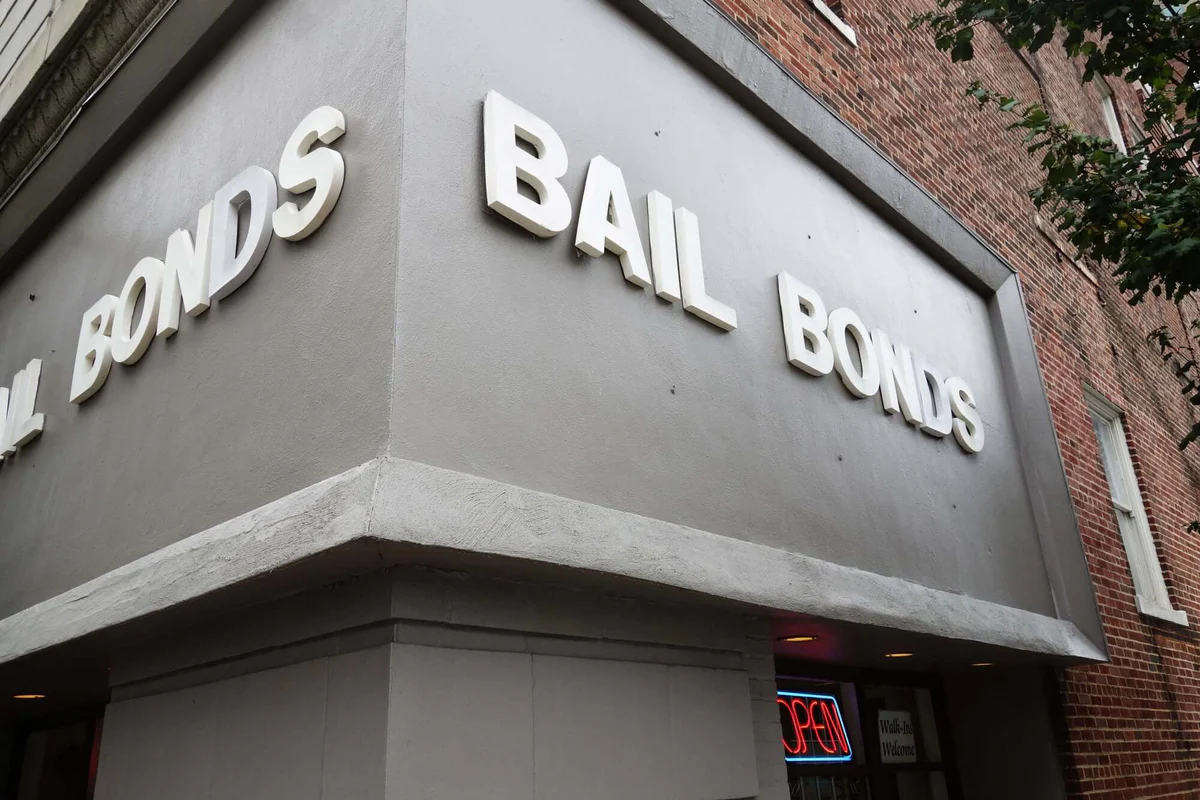Usual Misconceptions Concerning Utilizing a Los Angeles Bail Bondsman
Usual Misconceptions Concerning Utilizing a Los Angeles Bail Bondsman
Blog Article
Understanding the Fundamentals of Bail Bonds: What You Required to Know
Browsing the intricacies of bail bonds is an essential element of the legal system that can substantially influence the charged's journey through court procedures. A bail bond acts as a monetary guarantee for the court, promoting temporary release from safekeeping while awaiting trial. The ins and outs of how bail bonds run, the different types available, and the critical factors to consider in choosing a trusted bail bondsman can be intimidating. Understanding these elements is important, as the repercussions of bad moves may lead to unpredicted complications that expand far past the court. What are the fundamental aspects that one must understand to efficiently maneuver this procedure?
What Is Bail?
Bail is a monetary arrangement that permits an individual charged of a criminal offense to be released from custodianship while waiting for test. The key objective of bail is to ensure that the offender shows up for future court procedures (Bail Bondsman). Usually set by a judge, the bail quantity differs relying on the nature of the criminal offense, the defendant's criminal history, flight danger, and various other important variables
When bail is approved, the charged or a representative should pay a defined amount, which may be in cash or through a bail bond. Sometimes, bail can be refuted entirely, specifically for significant offenses or if the suspect poses a significant threat to public security. The concept of bail is rooted in the presumption of virtue, enhancing the concept that people should not be punished before a conviction.

Recognizing Bail Bonds
A bail bond is a monetary instrument that helps with the release of a charged individual from custodianship, working as a warranty for their look at future court days. This plan enables accuseds to preserve their freedom while awaiting test, reducing the worries connected with imprisonment. The bail bond procedure normally includes a third-party business, known as a bondsman, that gives the essential funds to the court on part of the implicated.
Bail bonds come in numerous kinds, consisting of surety bonds, residential property bonds, and money bonds, each with unique demands and implications. Guaranty bonds, one of the most usual kind, require a premium settlement, typically a portion of the total bail quantity, which is non-refundable. On the other hand, a residential property bond includes using actual estate as collateral, while cash money bonds require the full bail amount to be paid ahead of time.
Comprehending the nuances of bail bonds is essential for offenders and their households. It is necessary to grasp the prospective financial ramifications, including charges and obligations to the bail bondsmansman, as well as the lawful responsibilities connected to guaranteeing court looks. Knowledge of these components aids in making notified choices during a tough time.
Exactly How Bail Bonds Work
The process of safeguarding a bail bond usually entails numerous key steps that make certain the accused can regain their liberty while awaiting test. The private or their representative contacts a bail bondsman, that analyzes the instance and the connected risks. The bondsman will call for details about the implicated, including the costs, the bail amount established by the court, learn this here now and any type of relevant individual information.
Once the bail bondsman accepts give the bond, the charged or their rep needs to pay a non-refundable cost, generally a percent of the overall bail amount. This fee makes up the bail bondsman for taking on the financial risk of guaranteeing the accused appears in court. In some instances, security might likewise be required, such as residential property or useful possessions, which acts as safety and security for the bond.
After any type of collateral and the cost are set up, the bondsman sends the needed documents to the court. Upon approval, the bail is published, and the accused is launched from wardship. It is essential for the implicated to adhere to all court days and conditions, as failing to do so can cause the forfeiture of the bond and potential lawful consequences.
Kinds Of Bail Bonds
Various sorts of bail bonds are available to fit different conditions and requirements. The most typical kind is the surety bond, where a bondsman assurances settlement of the full bail amount to the court for a non-refundable fee, typically around 10% of the bail. This setup enables offenders to protect their launch without paying the entire bail upfront.
Another type is the money bond, which calls for the defendant or a co-signer to pay the complete bail quantity in cash directly to the court - Los Angeles Bail Bondsman. This alternative is commonly chosen for reduced bail amounts, as it makes certain the cash is returned upon the offender's appearance whatsoever court process
Building bonds involve the use of realty as collateral. In this situation, the court positions a lien on the property, which can be surrendered if the offender falls short to appear.
Finally, government bail bonds are specifically developed for government instances, frequently including higher quantities and added complexities. Understanding these different bail bond kinds is critical for defendants and their households in making educated choices during a difficult time.
Selecting a Bondsman
When choosing a bondsman, it is important to take into consideration several essential aspects that can influence the overall experience and outcome. First, assess the bondsman's track record by looking into on-line testimonials and getting recommendations from trusted sources. A trustworthy bail bondsmansman will have a history of professionalism and trust and effective situations.

It is likewise essential to understand the fee framework. A lot of bail bondsmensman charge a non-refundable charge, commonly around 10% of the bail amount. Watch out for any kind of concealed charges or unusual settlement methods. Transparency in pricing is a characteristic of a reliable bondsman.
Final Thought
In summary, comprehending the principles of bail bonds is crucial for individuals involved in the legal system. Bail works as an economic guarantee of court look, while various types of bail bonds accommodate different circumstances. Comprehending the address functional mechanisms of bail bonds and choosing a credible bail bondsmansman can significantly affect the total experience. A comprehensive assessment of readily available choices makes sure informed decision-making, eventually helping with a smoother navigation through the intricacies of the legal process.
The ins and outs of just how bail bonds run, the different check my source kinds available, and the crucial considerations in picking a trustworthy bail bondsman can be daunting. The bail bond procedure typically involves a third-party business, understood as a bond bondsman, that gives the necessary funds to the court on behalf of the implicated.
The most typical kind is the guaranty bond, where a bond bondsman warranties payment of the full bail amount to the court in exchange for a non-refundable charge, normally around 10% of the bail. Bail serves as a monetary guarantee of court look, while numerous kinds of bail bonds provide to different scenarios. Recognizing the operational systems of bail bonds and selecting a reliable bail bondsman can significantly influence the general experience.
Report this page